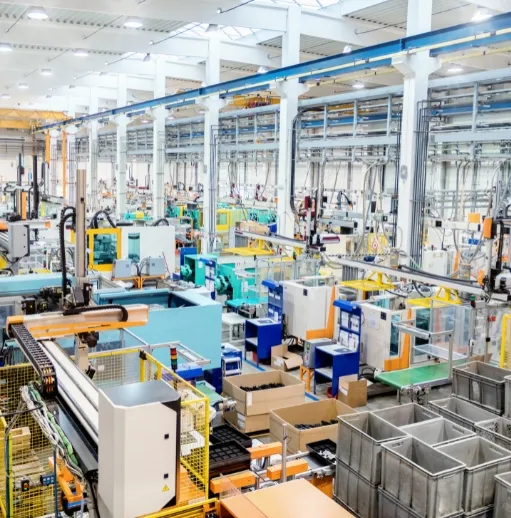
Growth can be a double-edged sword. On one hand, your company is bringing in more business and making more money. On the other, you need to keep pace with the influx. Growing companies are often put in a bind: embrace the situation, yet struggle to get ahead of it. Nowhere is this more evident than in the workplace, which makes space optimization software a must-have at any blossoming business.
Nothing stunts growth like a hampered workforce. It’s hard to work when employees are tripping over themselves or can’t find a few square feet of real estate to get their work done or conduct a private meeting. Predicaments like these often force companies to make poor decisions about their workplace—decisions that may stagnate balance sheets and slow growth for years to come.
Instead of adding more space as a quick fix to accommodate growth, consider optimizing around available commercial real estate. Not only is it often more cost effective, it’s a smart way to embrace business expansion instead of chasing after it.
Recognize the space you have (and the space you need)
Space planning software allows companies to see the space they have and what they’re doing with it. When you know what you have and what you’re doing, there’s a starting point for where you want to be and how to get there.
How many desks vs. employees are in your workplace? How many conference rooms or collaborative spaces are there? What kinds of spaces do employees want right now? Are there unused spaces? With a full, visual floor plan, company leaders can make informed decisions about space utilization.
Understand costs and practice cost control
A growing workplace directly correlates to a larger fixed lease cost on the balance sheet. There are two schools of thought surrounding space optimization:
- Keep lease costs consistent by maximizing the space you already pay for
- Maximize the value of additional space by optimizing profits to offset lease costs
Choosing the right option comes down to understanding space utilization vs. space occupancy. If space utilization is low, the first option is often the smartest. If occupancy has peaked, the second choice may be more practical. The goal in either case is to unlock more space at the lowest possible cost to the business, which accommodates sustainable growth.
Experiment with the right desking arrangement
Once a company understands the type of workplace it needs and what’s available, space management software helps piece together the right optimization solution. Generally, this involves charting the ideal floor plan—whether you’re optimizing existing space or adding more.
Space optimization software allows a company to put the pieces of the complex workplace puzzle together. You know you need different types of spaces and each requires consideration for proper proximity and density. Charting different floor plan iterations helps contextualize the delivery of in-demand spaces.
Most importantly, space optimization software helps companies plan not just for immediate needs, but future scenarios, as well. One floor plan may be the best fit for the current phase of growth, but another option may solve space issues as they arise.
Explore agile workspace solutions
Workspace optimization during a growth period involves looking at creative solutions for problems your company has yet to face. It’s about adaptation. To adapt in a conventional workplace requires agile, sometimes unconventional spaces.
Space optimization software is critical in exploring flexible workspaces, including hotel desks, hot desks, and activity-based stations. Touted for their ability to maximize space, these workspaces simultaneously keep costs low and create a dynamic workplace culture. Utilization software helps companies plan for, deploy, measure, and adapt agile workspace solutions as business grows.
Plan before deployment
Growing companies can ill afford mistakes. Space optimization software safeguards against catastrophic errors. Not only does it provide critical data for good decision-making, the software can model those decisions before they’re deployed.
A new desk arrangement or lease terms are easily plugged into workspace management software, allowing facility managers to get a sense of how they’ll affect the business. After analyzing the pros and cons, obstacles and opportunities, decision-makers then can choose to deploy changes or go back to the drawing board. Work isn’t affected until changes are made, and changes aren’t enacted until they’re understood. It’s the smart way to make growth-minded decisions.
Space optimization software plays a critical role in business growth by giving context to the role of the workplace as the company matures. It also allows workplace managers to adapt space in tandem with growth.
Keep reading: Make every space count with space management software.


